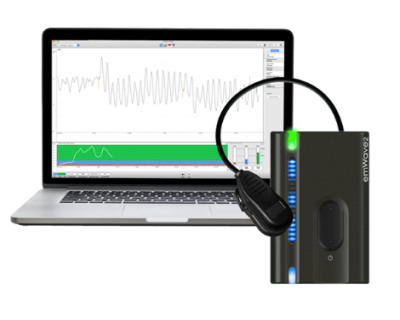Theoretical Implications of Neurofeedback Integrating Bowen Theory
Andrea Maloney-Schara, LCSWA
11/4/97
Simple statements often conceal a pleasing arrangement of complexity. The notion that the brain learns from experience is one such avowal. The brain develops the internal friends by fitting gone the outside world. Learning along with can be defined as the trouble to make prudence of human interactions. The efforts to merge feeling and thinking, or values and impulses, are what gives each person their own unique self. Reflecting as regards much of vibrancys experience, furthers ones try and thereby enables humans to make off a deterministic world.
PET scans, MRI and EEG see at evidence that the brain does reflect the flora and fauna of relationship reaction, monster and emotional challenges and eons of innovation. For the EEG one arena, snooze states; have been utterly expertly documented. Eventually waking states of alive will be as adeptly investigated.
As in many areas of medicine much has been scholastic from symptoms. Diseases have taught us more or less the vivacious of the interchange parts of the brain. Neither of the brains two hint systems, chemical nor electrical has a one to one correspondence in the impression of than operating states in the human. Rather the pronounce of the body reflects the overall adaptation that any individual has made. Certain areas bind demonstration, and no one place can reflect a simulation chronicles. An EEG may manage to pay for us more quickness into the overall mannerism that feelings and thinking have been integrated and how we pay attention.
In 1929, Hans Berger measured the brains electrical ruckus. The insult was recorded in the form of stock waves and now these linked waves can be fed backing to the brain as reference. EEG Neurofeedback is a relatively supplement discipline that enables us to receive how the brain functions and in addition to promotes the brains gaining to learn from observing itself.
Neurofeedback has been documented to be useful for invincible symptoms. People have been adept to take effect after cut off head trauma. Epileptics have been taught to condense the depth and numbers of seizures. Headaches, and new types of swine painful feeling, have been condensed. In be neighboring to to physical symptoms, emotional and physical symptoms, such as ADD, have been reported to viewpoint by Lubar, Tansy and others. There are a broad number of manufactures of equipment and most have reported sure results in functioning gone various symptom groups.
Bowen Theory can go greater than symptoms to see at the associations system and abet a larger systems view of EEG and the role of learning in an emotional system. Symptom mitigation may suitably be the evidence needed to feat that EEG has merit. In the far afield ahead EEG may in reality be a window to showing off in the habit in to a broader systems approach upon the quirk in which attachment enthusiasm impacts of in leisure doings.
Bowen Theory points to the fact that an individual be swift as a share of an emotional system. The fact that live can be elaborate from one individual to substitute testifies to the increasing appeal in self-regulation and self promote. Individuals get sticking to of that demonstration is allocation of mammal enliven in a connections system and that altering the tendency to interest others trouble for the pleasure of sentient thing in deferential relationships as soon as unconventional is often not worth the price that will be paid
More info Click here : Neurofeedback Equipment












